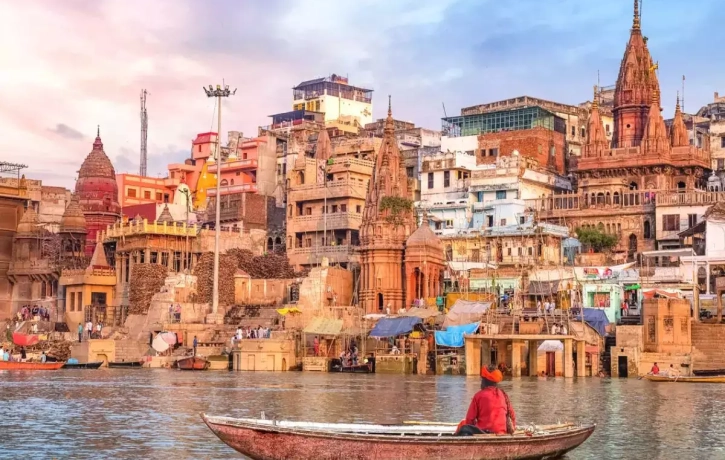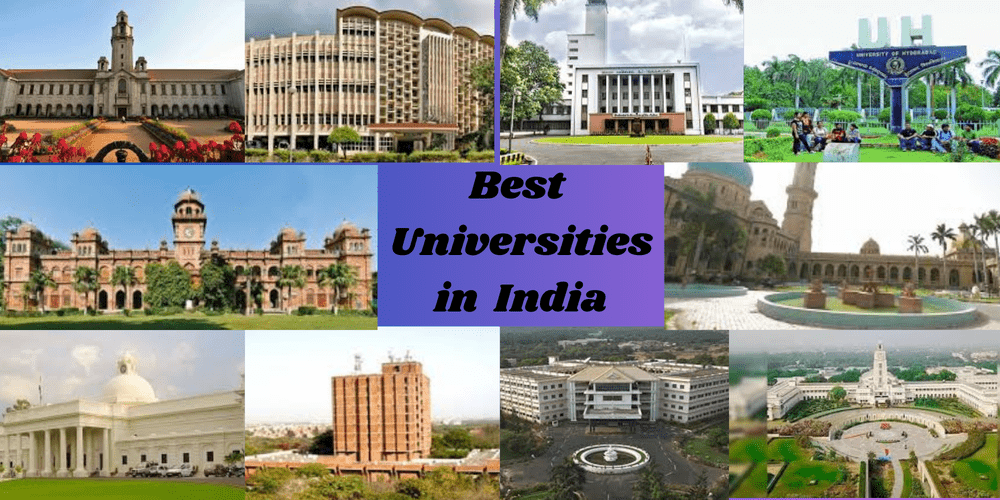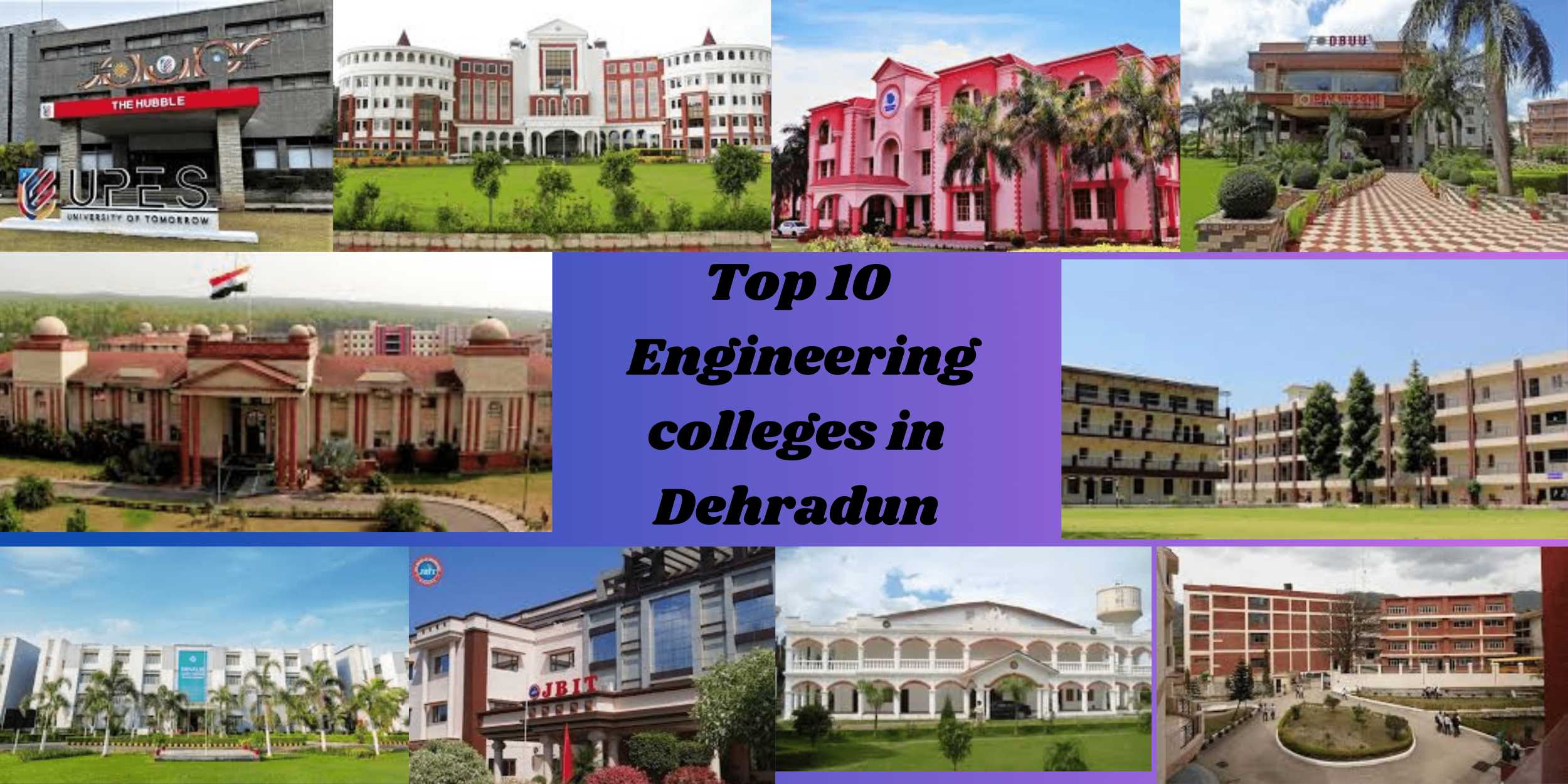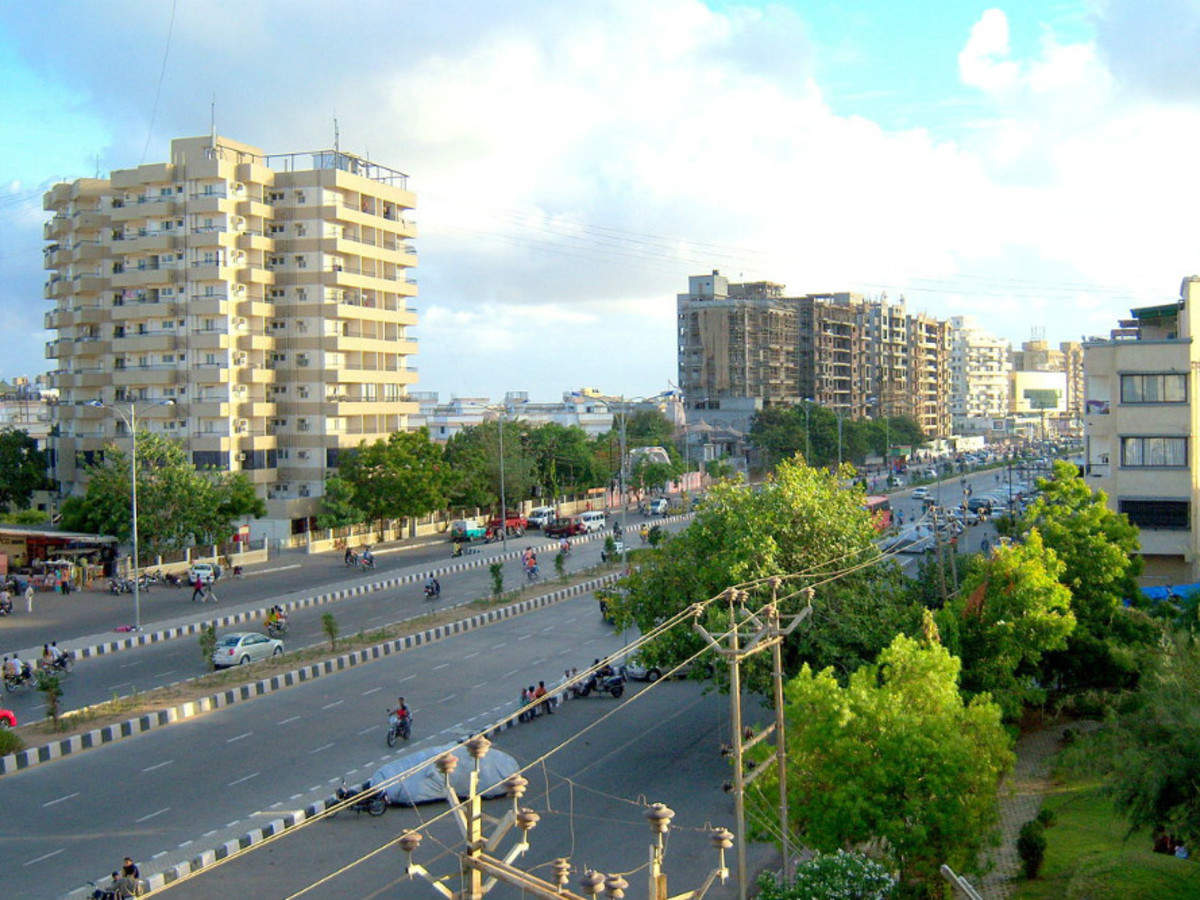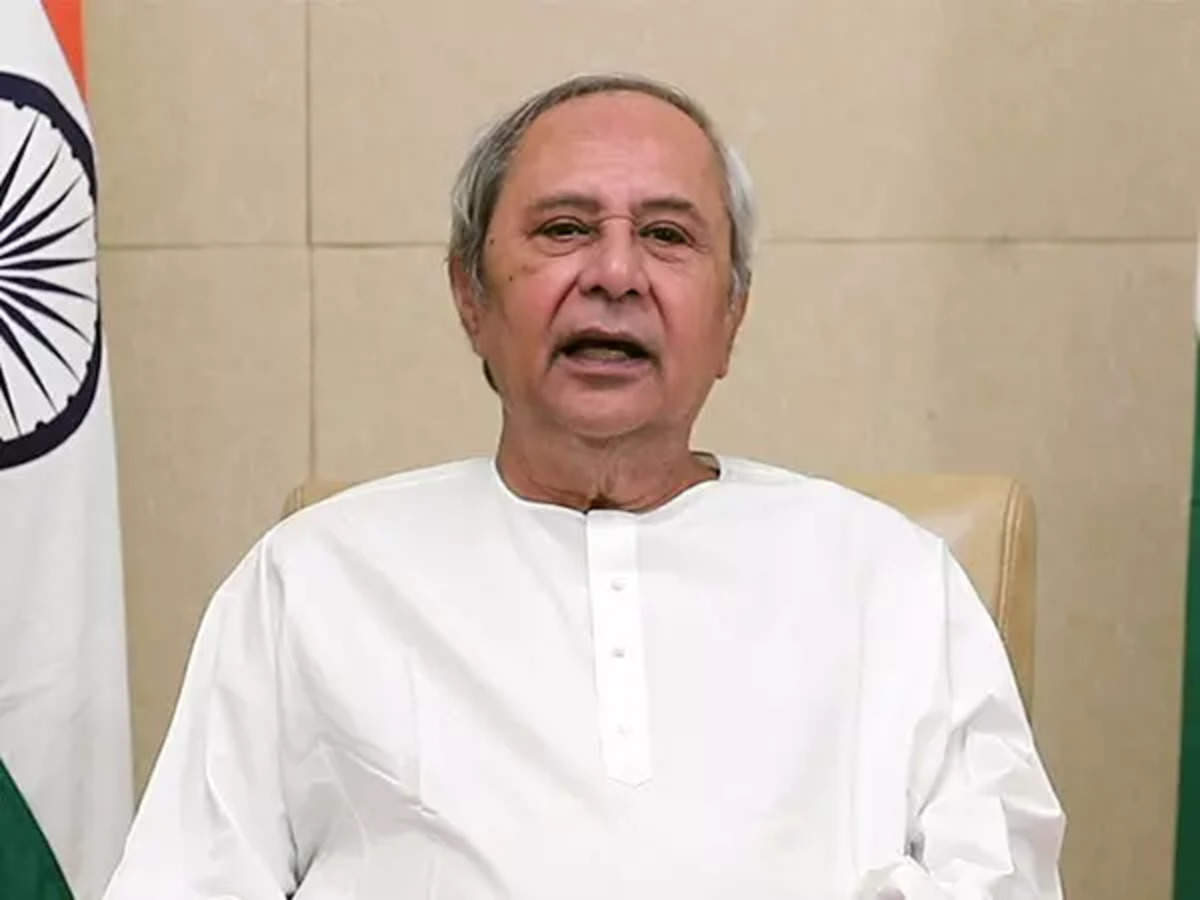Introduction
Varanasi, also referred to as Benares or Kashi—is a historic city Located on the Ganges River in Uttar Pradesh, India. Renowned for its temples such as Kashi Vishwanath and ghats, it is a significant Hindu pilgrimage site. Renowned for its crafts, music, and education, Varanasi boasts a rich cultural legacy and is among the oldest continuously inhabited cities globally. Sixty-two kilometers southeast of New Delhi, it is home to Banaras Hindu University.
Etymology
Traditionally, “Varanasi” has been associated with two Ganges tributaries: Varuna in the north and Assi in the south, close to Assi Ghat. Originating from the Sanskrit word “kaś-,” which means “to shine,” ancient records refer to it as Kāśī. Known as the “City of Light,” it is a renowned center for education. Varanasi is called by several different names in Hindu scriptures: Kāūikā (“the shining one”), Avimukta (“never forsaken by Shiva”), Ānandakānana (“the forest of bliss”), Rudravāsa (“the place where Rudra resides”), and Mahāshmashāna (“the great cremation ground”).
History
Mythology
In Hindu mythology, Varanasi was established by Shiva. Shiva carried one of Brahma’s heads after a fight, it fell and vanished in Varanasi, which is now a sacred place. The Pandavas came to ask Shiva’s pardon. Among the seven holy cities that provide Moksha is Varanasi. It is said in Buddhism to become the kingdom of Ketumati during Maitreya’s reign and has historical ties to the Mahabharata.
Ancient period
Evidence of early occupancy was discovered in 2014 when items from 800 BCE were discovered during excavations at Aktha and Ramnagar. Varanasi was a part of the Kingdom of Kashi when the Buddha lived. Around 635 CE, the Chinese explorer Xuanzang made note of the site’s religious and artistic value. In Varanasi, Shiva worship was developed by Adi Shankara during the eighth century.
Medieval period
In 1090, the Gahadavala dynasty’s founder Chandradeva established Banaras as a second capital. After defeating Jayachandra in 1194, Muizzuddin Muhammad Ghuri decimated Varanasi and its temples. In spite of this, Varanasi continued to be a center of learning for scholars and clergymen in the Middle Ages. Renowned Bhakti movement luminaries like Ravidas (15th century) and Kabir (1389) were born there.
Early Modern to Modern periods
In 1090, Banaras became a second capital under Chandradeva. Muizzuddin Muhammad Ghuri ransacked the city in 1194. In 1507, GuruNanak made a visit In the sixteenth century, the Mughal emperor Akbar restored the temples. In 1911, Benares attained princely status. After 1947, when India gained its freedom, it joined Uttar Pradesh.
21st-century
Varanasi has been represented in the Parliament by Narendra Modi, who has been prime minister of India since 2014. He launched the Shri Kashi Vishwanath Corridor project in December 2021, which connected the Kashi Vishwanath temple to other ghats in an effort to enhance the spiritual soul of the city.
Culture
Literature
Famous authors like Tulsidas and Kabir have lived in Varanasi, which has also produced newspapers like Aj from 1920. It’s a center for handicrafts, home to well-known creators like Ravi Shankar and Bismillah Khan.
Art
Varanasi is also known for its handicrafts, which include wooden toys, carpet weaving, and the manufacture of silk and brocade. Dancers and musicians like Ravi Shankar and Bismillah Khan also call it home.
Music
With musicians like Girija Devi and Bismillah Khan, the city of Varanasi has a thriving musical legacy that dates back to ancient times and is credited to Shiva. The city was named a “City of Music” by UNESCO in recognition of its rich musical heritage.
Festivals
All throughout the year, Varanasi is the site of numerous celebrations. While Dhrupad Mela and Hanuman Jayanti are observed at Sankat Mochan Temple, Maha Shivaratri is marked by a procession to Kashi Vishwanath Temple. Other noteworthy occasions are Bharat Milap, Nag Nathaiya, Chhath Puja, and Ramlila of Ramnagar. Kartik Purnima is preceded by Ganga Mahotsav, while Muslim holidays such as Eid-ul-Fitr and Bakrid are also celebrated.
Education
Given its 80% literacy rate, Varanasi has long been considered one of India’s educational centers. Prominent establishments including the Indian Institute of Technology and Banaras Hindu University are located there. The Central Institute of Higher Tibetan Studies and Mahatma Gandhi Kashi Vidyapith are two more institutions and universities. Notable schools including Central Hindu School and St. Joseph’s Convent School are located in the city, along with Kendriya Vidyalayas. But there are differences in the quality of education, with private schools typically performing better than public ones.

